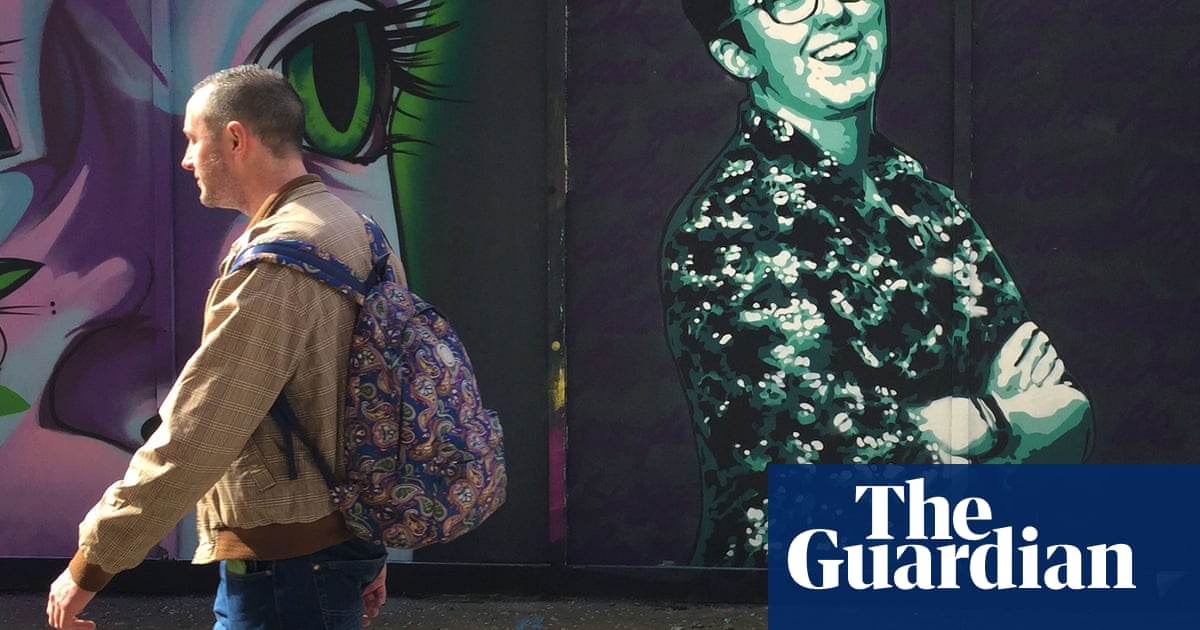Journalists inNorthern Irelandroutinely face attacks and death threats from paramilitary and organised crime groups that act with impunity, according to Amnesty International.
Reporters have been physically assaulted and told they will be shot, stabbed, raped or blown up, making Northern Ireland the most dangerous place in the UK for journalism, areportsaid on Tuesday.
It documented more than 70 attacks and threats since 2019 but found there were no prosecutions for threats fromparamilitary groups, the most significant source of the intimidation.
“Journalists in Northern Ireland are facing a sustained campaign of threats, intimidation and violence from armed groups, which makes it the most dangerous place in the UK to be a reporter,” said Patrick Corrigan, Amnesty International UK’s Northern Ireland director.
“They are being threatened, attacked and even killed for shining a light on paramilitary groups and others who seek to exert control through violence. This creates a climate of fear that many assumed was consigned to history when the Good Friday agreement was signed.”
The lack of prosecutions has emboldened paramilitaries – loyalist and republican – and fostered a sense of impunity, Corrigan said. “When journalists are under attack, press freedom is under attack. The state must create a safe environment where journalists can work freely and report without fear of reprisals. It is currently failing to do so.”
Journalists’ cars have been damaged – in some cases battered with poles laced with nails – and some reporters have been given ultimatums to leave Northern Ireland. Two journalists have been killed,Lyra McKeein 2019 andMartin O’Haganin 2001.
Some of those interviewed for the 96-page report, titled Occupational Hazard? Threats and Violence Against Journalists in Northern Ireland, said they had protected their homes with bulletproof windows and doors and alarms linked to police stations.
Police visited Allison Morris, the Belfast Telegraph’s crime correspondent, nine times between December 2023 and October 2024 to warn about threats from paramilitary or criminal groups. “I’m convinced someone’s going to kill me at some point,” said Morris. “I always think I’ll never die of natural causes. Most of the time, I pretend that the threats don’t annoy me, but clearly, they do. This is not a normal way to live.”
The report urged the Stormont administration to establish a media safety group, comprising police, prosecutors and journalists, and urged the police to review the procedural response to threats and to pursue investigations that lead to successful prosecutions.
Ch Supt Sam Donaldson said the Police Service of Northern Ireland took journalism safety seriously and would consider the report and its recommendations. In recent years the PSNI has developed a joint strategy with local editors and the National Union of Journalists, said Donaldson. “Journalists do not have to tolerate threats and crimes as part of their role. That has been our recent, consistent message.”
Seamus Dooley, the NUJ’s assistant general secretary, said it was not normal that journalists lived in fear decades after the Troubles, adding: “That really is not the sign of a normal functioning democracy.”
